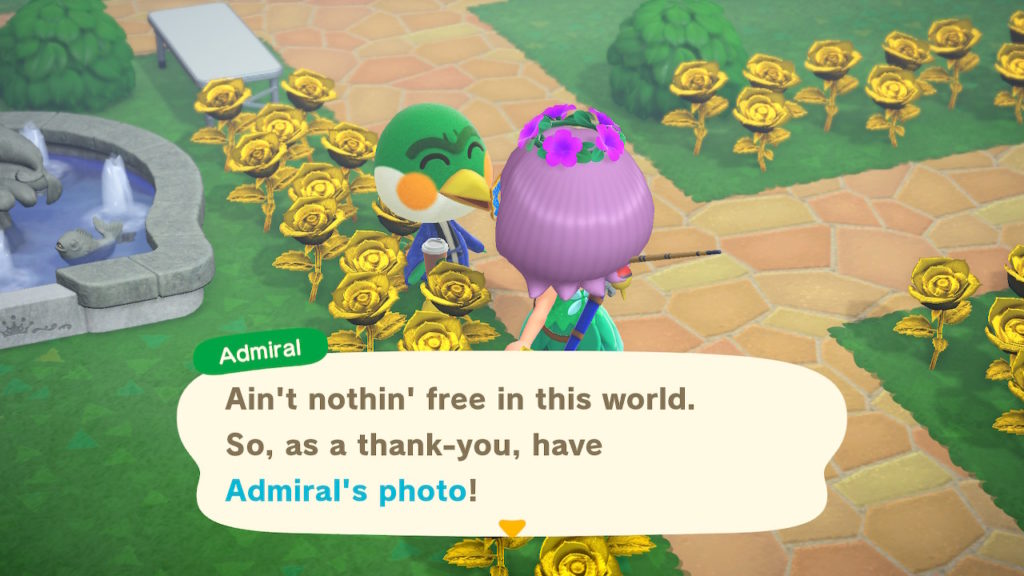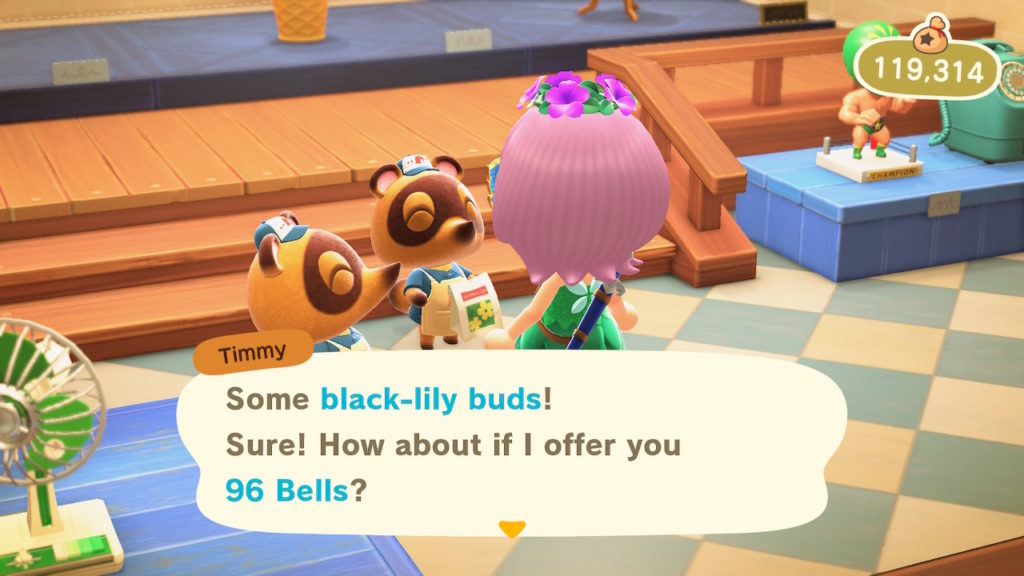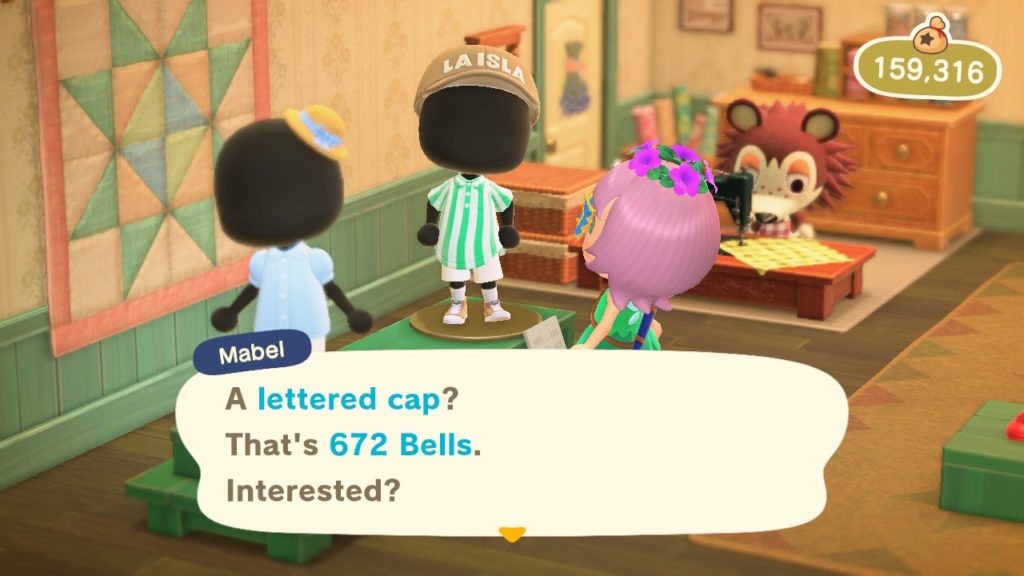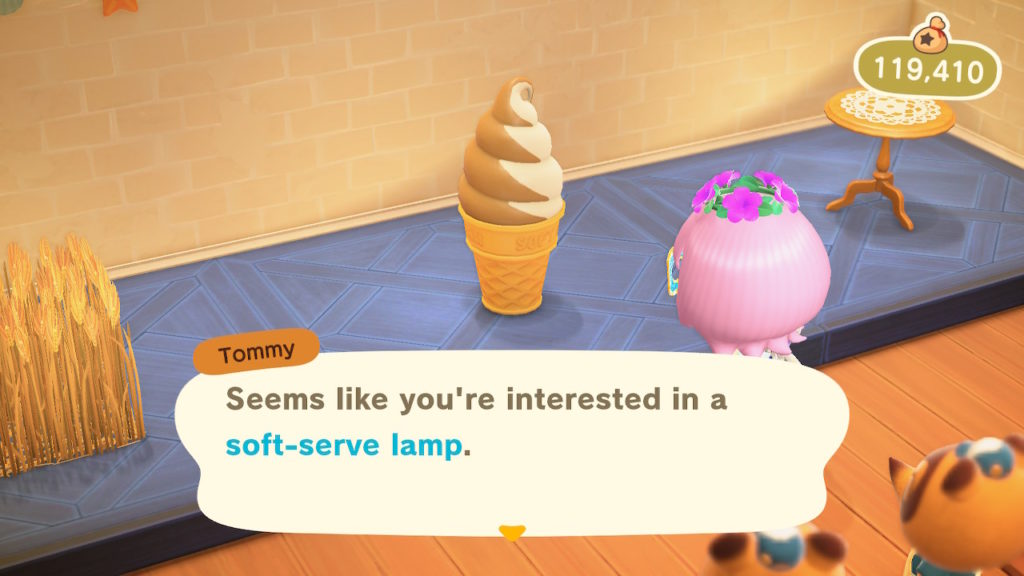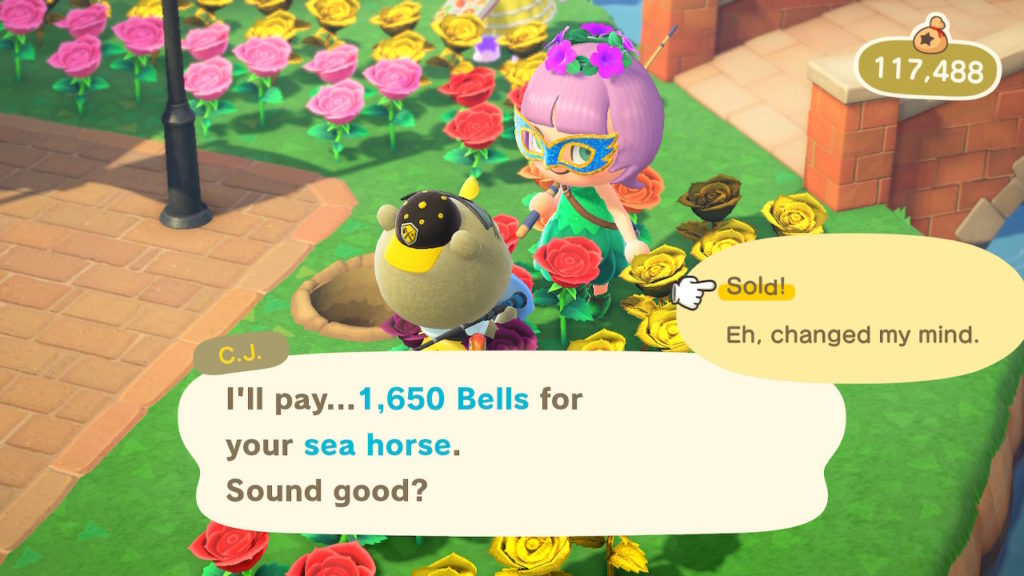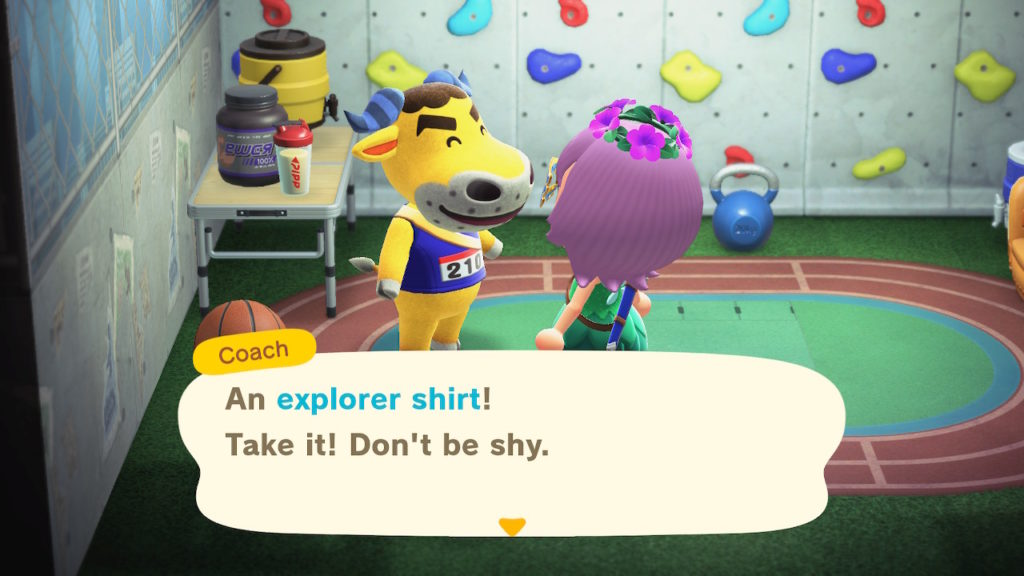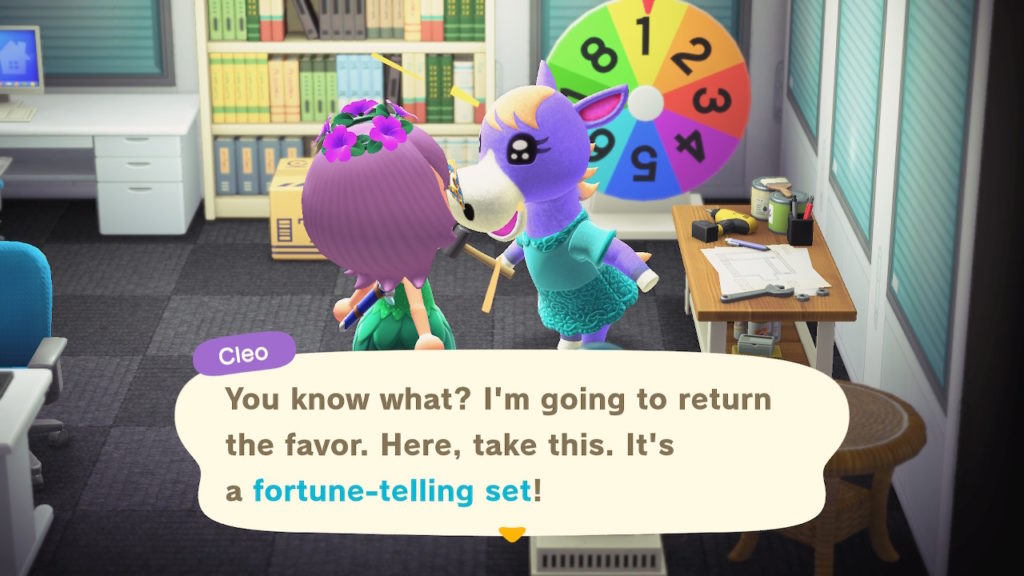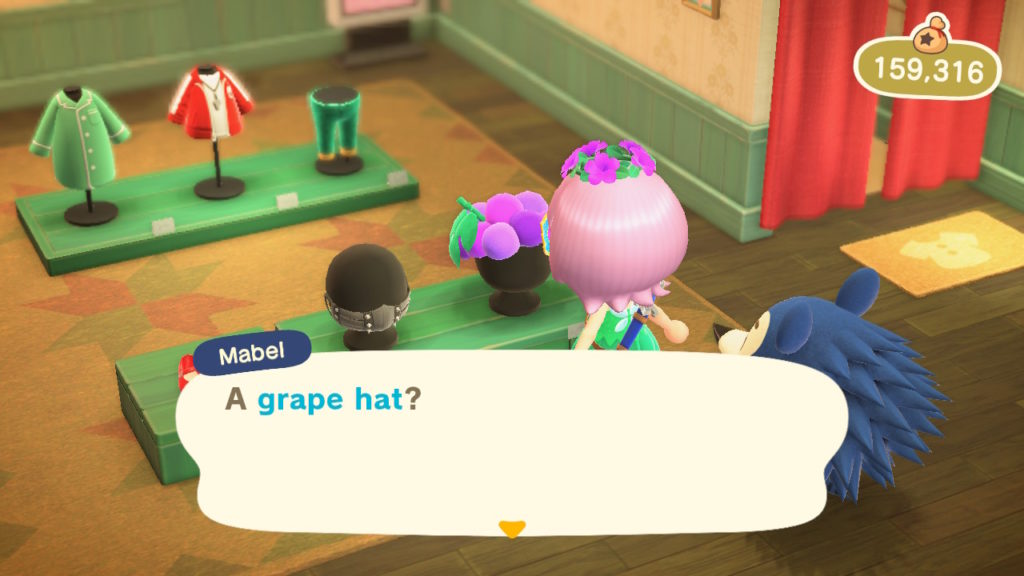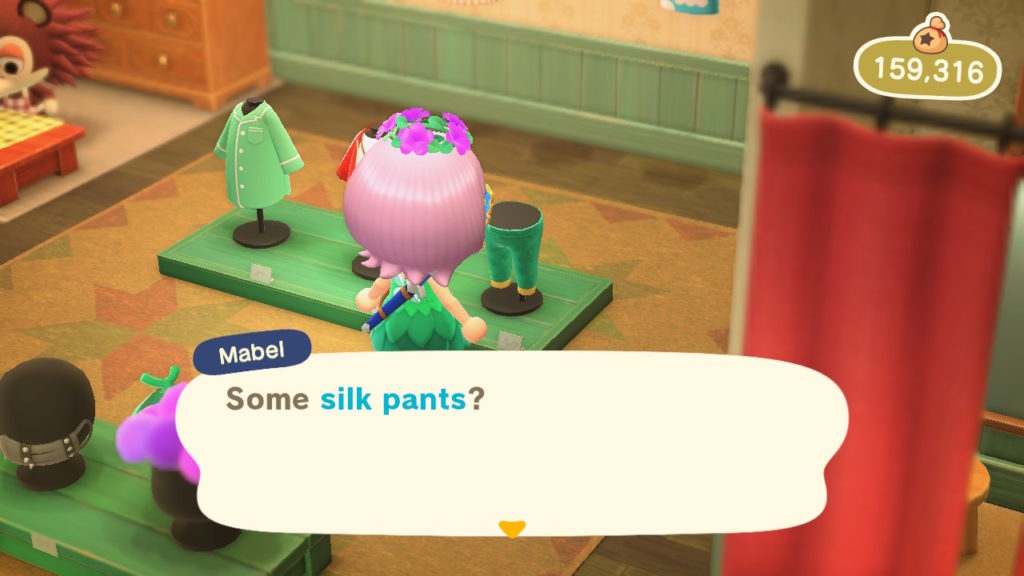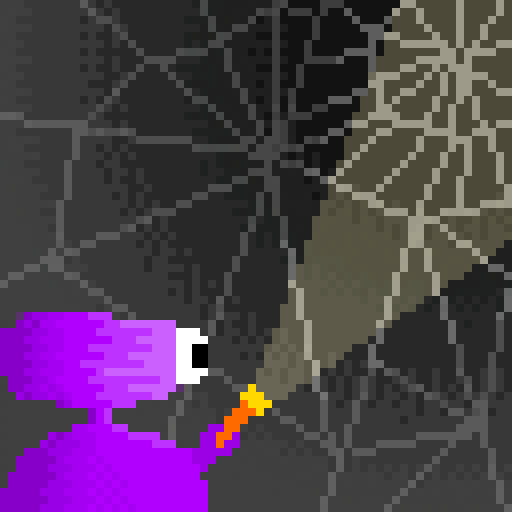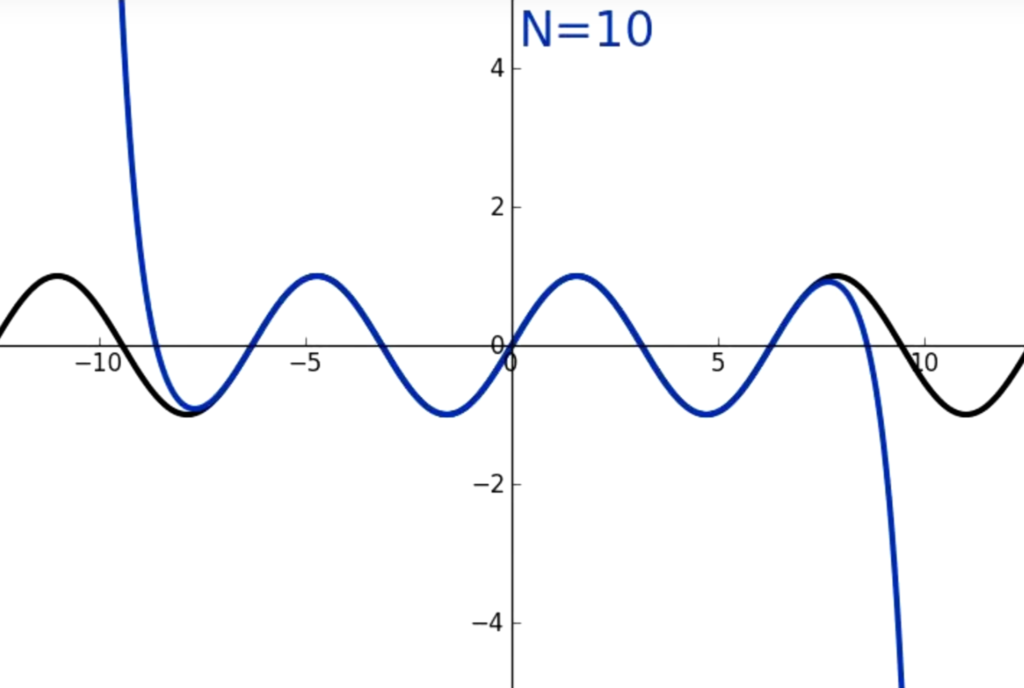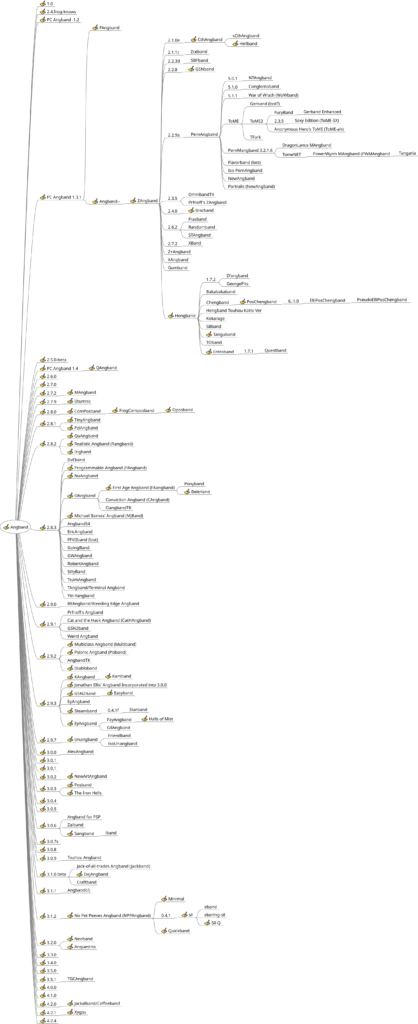Time Extension has come up here a lot lately, hasn’t it? It’s because they so often do interesting articles! This one’s about the propensity of Japanese games to use medieval European game worlds, the kinds with a generally agrarian society, royalty, knights, and their folklore counterparts elves, dwarves, fairies, gnomes and associated concepts.
They often fudge the exact age they’re trying to depict, with genuine medieval institutions sitting beside Renaissance improvements like taverns and shops. Nearly of them also put in magic in a general D&D kind of way, sometimes institutionalizing it into a Harry Potter-style educational system.
Notably, they usually choose the positive aspects of that setting. The king is usually a benevolent ruler. It’s rare that serfdom and plagues come up. The general populace is usually okay with being bound to the land. The Church, when it exists, is sometimes allowed to be evil, in order to give the player a plot road to fighting God at the end.
Hyrule of the Zelda games is likely the most universally-known of these realms, which I once called Generic Fantasylands. The various kingdoms of the Dragon Quest games also nicely fit the bill. Final Fantasy games were among the first to question those tropes, presenting evil empire kingdoms as early at the second game.

(All images here from Mobygames)
John Szczepaniak’s article at Time Extension dives into the question by interviewing a number of relevant Japanese and US figures and developers, including former Squaresoft translator Ted Woolsey. I think the most insightful comments are from Hiromasa Iwasaki, programmer of Ys I and II, who notes that this Japanese conception of a fantasy world mostly comes from movies and the early computer RPGs Wizardry and Ultima, that the literature that inspired Gary Gygax to create Dungeons & Dragons (which in turned inspired Wizardry and Ultima), especially Lord of the Rings and Weird Tales, were generally unknown to Japanese popular culture. Developer Rica Matsumura notices, also, that there is a cool factor in Japan to European folklore that doesn’t apply, over there, to Japanese folklore.

It’s a great read, that says a number of things well that have been bubbling up in the back of my head for a long time, especially that JRPGs recreated both RPG mechanics and fantasy tropes at a remove, that they got their ideas second hand and, in a way similar to how a bunch of gaming tables recreated Dungeons & Dragons in their own image to fill in gaps left in Gary Gygax’s early rulebooks, so too did they make their versions of RPGs to elaborate upon the ideas of Wizardry and Ultima without having seen their bases.
Why Do So Many Japanese RPGs Take Place In European Fantasy Settings? (timeextension.com)

